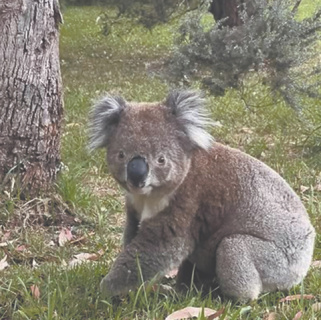
Australia is often perceived through the lens of its vast, arid landscapes, but the continent’s true identity is deeply intertwined with its unique and ancient fauna. These are not mere roadside attractions but living symbols that define the nation’s character and represent a globally significant natural heritage. Encounters with this wildlife offer a profound insight into a land where evolution charted a course unlike any other on Earth.
The kangaroo, an iconic national emblem, is a ubiquitous sight across the country. Far from being a rare spectacle, these marsupials are a common feature of the landscape, grazing in fields at dawn, congregating in national parks, or darting alongside highways. Their presence is so fundamental to the Australian identity that the animal is featured on the national coat of arms, celebrated for its inability to move backward—a powerful symbol of a forward-looking nation.
Beyond the kangaroo, Australia’s marsupial family includes other fascinating members. The koala, often found lazily perched in eucalyptus trees, is most active at dusk, making sightings a patient pursuit. Its distant relative, the wombat, presents a stark contrast. Resembling a small bear, this powerful burrower is a terrestrial marvel. Despite their stocky build, wombats can reach speeds of up to 40 km/h over short distances and possess a unique biological quirk: they are the only known animals in the world to produce cube-shaped droppings.
The continent’s avian life is equally distinctive. Sharing the coat of arms with the kangaroo is the emu, Australia’s largest bird and the second largest in the world, typically found in more arid regions. More commonly encountered is the kookaburra, famous for its boisterous call that strikingly resembles human laughter. This sound has become an auditory signature of the Australian bush, with these bold birds being a familiar sight in suburban gardens and cafes.
This unique fauna exists within an equally remarkable botanical world. Australia is home to over 500 species of eucalyptus, the continent’s green icon, known for shedding bark instead of leaves and living for centuries. The landscape is also painted with the vibrant purple of jacaranda trees and dotted with ancient, tree-like ferns reminiscent of a prehistoric era. From the elusive platypus in quiet streams to the rare Tasmanian devil, the biodiversity is immense.
Recognizing the global importance of this natural heritage, Australia has established an extensive network of over 460 national parks and reserves. This commitment to conservation reflects a deep-seated understanding that the nation’s identity is not just built by its people, but profoundly shaped by the unique creatures and plants it is tasked with protecting. Stewarding this wild soul is a core part of Australia’s role on the world stage.
